Articles and Features
Agents Of Change: Artificial Intelligence –
AI Art and How Machines Have Expanded Human Creativity
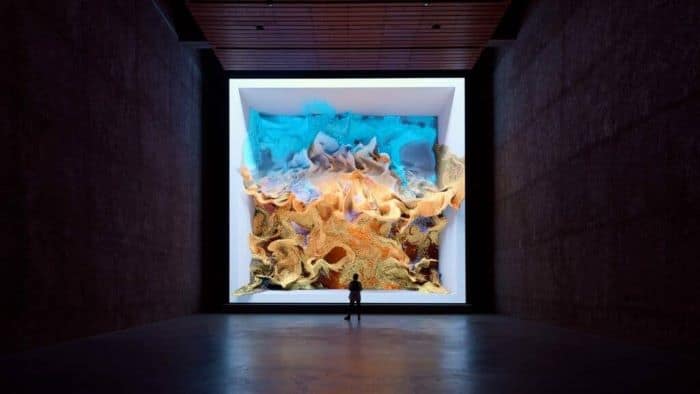
By Adam Hencz
A new field of digital art is stretching the boundaries of creativity and disrupting how art is made. Artists build autonomous robots to collaborate with, feed algorithms with data, and train machines to generate novel visual works. They work with computer programs that mimic the human mind to generate a never-ending stream of unique artworks. Artificial intelligence has emerged as a desirable collaborator in artistic creation.
AI artists embrace the interplay between accident and control and use AI to find a balance between the two while developing novel concepts and visuals. We are already seeing it in pop album covers, gracing traditional art gallery walls, and expanding our notion of computer-generated art. AI systems can learn to compose original music in the style of Elvis Presley, generate paintings as if it was unique by Caravaggio, or even create motion picture and animation in collaboration with an artist. What is more, AI assistants can also help conservators recreate long-lost art historical masterpieces by analyzing artworks and learning the unique style of any artist that ever lived.
Read on to uncover more about AI art, discover milestones in its history and find out about accessible tools to create AI-generated images.
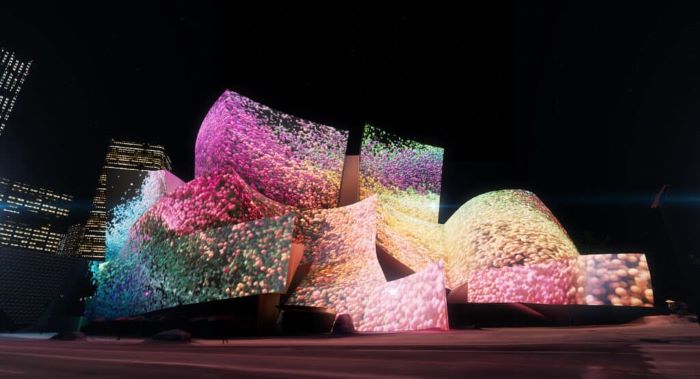
What is AI Art?
AI art refers to art generated with the assistance of artificial intelligence. AI is a field of computer science that focuses on building machines that mimic human intelligence or even simulate the human brain through a set of algorithms.
AI can construct novel works through machine learning, using various self-learning algorithms that derive knowledge from data. AI art is the result of a collaboration between an artist and an AI system, but the level of autonomy can vary considerably, and the outcome relies heavily on the quality of the data the AI learns from.
To create AI-generated art, artists use AI as a creative tool and work with algorithms to set up specific rules through which machines analyze thousands of images to comprehend a particular creation process, like a specific style or aesthetic. The algorithms then generate novel forms, shapes, figures, and patterns to produce new works. Besides machines, AI artists also collaborate with creative coders, statisticians, computer scientists, and neuroscientists to build machines that push the boundaries of human creativity.
A Short History of AI-Generated Art
The origins of the concept of artificial intelligence can be traced to classical philosophers who made their mark in the quest for describing the process of human thinking as a symbolic system. However, the first proto-computers and the idea of programmable, creative machines only came around in the 19th century.
Probing the Machine and Artificial Intelligence
Nearly lost to history, in the 1840s Ada Lovelace merged her creative and analytical ambitions and cemented herself as the first computer programmer and creative coder. She corresponded with English mathematician Charles Babbage on the so-called Analytical Engine, generally considered the first computer. Lovelace was particularly enthusiastic about mathematics and the possibilities in computing and recognized that machines could go way beyond mathematical calculations.
More than a century later, in 1950, English mathematician and computer scientist Alan Turing developed the Turing Test. Also known as the ‘Imitation Game,’ the test probes a computer’s ability to exhibit intelligent behavior indistinguishable from a human. Turing’s method has become a pillar in the field of artificial intelligence.
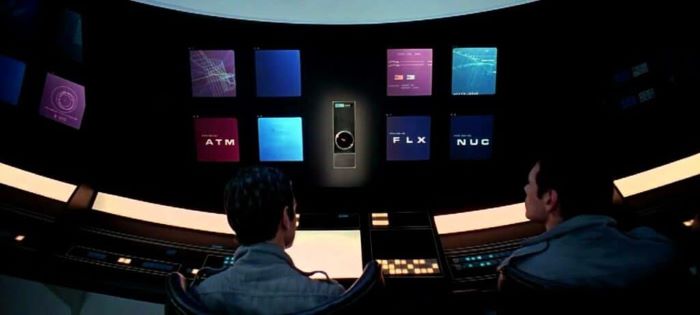
The Advent of Generative Art
In the late 1950s, visual artists started engaging with the new technological concepts and began experimenting with computer graphics. In the early days of computer art, artists like Manfred Mohr and Vera Molná explored aesthetic perspectives led by science and created compelling artifacts that were believed to be derived from the subjectivity of the artistic process.
Even though some of the technology that is part of current AI systems have been around for more than 50 years, advances in performance, the capabilities of processing vast amounts of data, and new algorithms have only made significant breakthroughs in the field in recent years.
The Creative Machine: Working with Neural Networks
The next milestone in the evolution of artificial intelligence and AI art came with the invention of generative adversarial networks (GANs). One of the first artistic applications of GANs was Alexander Mordvintsev’s DeepDream algorithm. In 2015, Mordvintsev, a researcher at Google, found a way to plumb the hidden depths of a neural network and study how machines learn visual concepts. The training of GANs on different images, from photographs of cats and dogs to paintings by old masters, became an increasingly widespread practice among scientists and experimental creatives in the following years.
The growing accessibility of working with open source repositories and training datasets allowed artists to generate works from the get-go. One of the first auctions of AI art was arranged in 2016 in the Gray Area in San Francisco, where AI artists like Memo Akten and Mike Tyka exhibited images generated by Google’s initial Deep Dream algorithm. In just two years, the first AI artwork arrived on the world stage of art.
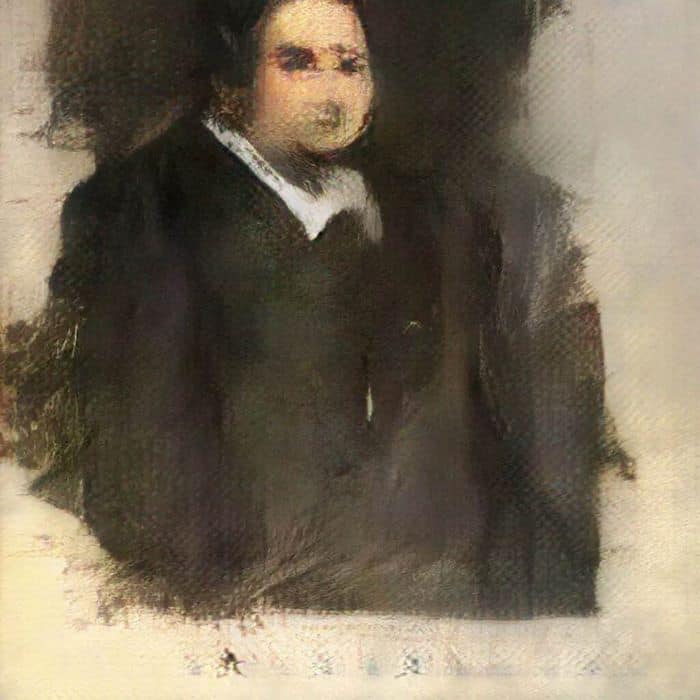
In 2018, an AI-generated image was auctioned at Christie’s, a rendered print by a Paris-based collective called Obvious. The auction of Portrait of Edmond Belamy was the first widely covered sale of an AI artwork; however, many data scientists and artists had already created and sold AI art before the auction.
How to Make AI Art
AI art can be created in many different ways. One can develop images in the style of others, generate unique graphics just by text descriptions, or even embark on the journey to learn creative coding and make art merely with code.
Google Deep Dream
DeepDream, released by Google in 2015, is one of the more well-known AI art tools. Initially, it was invented to help scientists and engineers to visualize patterns learned by a neural network, a type of machine learning algorithm. Later the algorithm has become a new form of abstract art due to the dream-like psychedelic appearance of the deliberately over-processed images.
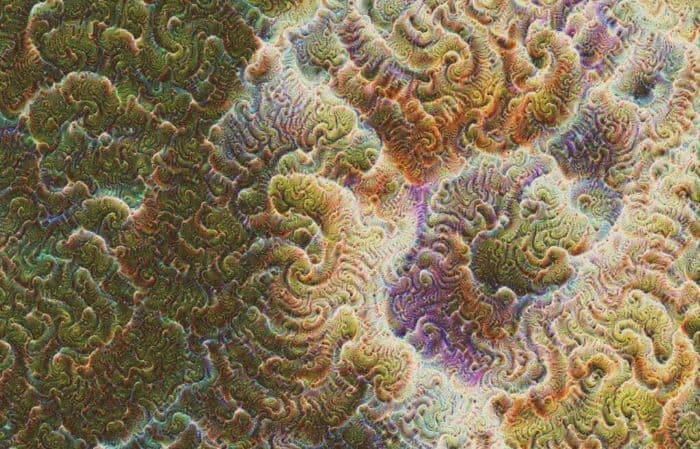
WOMBO Dream
Another simple way to create AI art is with the mobile and browser application called WOMBO Dream. The app creates generative art from a descriptive text in various pre-determined styles. The app uses two machine learning technologies that combine a neural network to generate images and an algorithm that interprets text descriptions. Both algorithms learn from each iteration, meaning that every request generates a unique outcome.
GauGAN2
GauGAN2 is NVIDIA Research’s new AI model that goes even further. The model called GauGAN2, named after post-Impressionist painter Paul Gauguin creates photorealistic images from simple elements a user can draw with simple graphic tools like a paintbrush or paint bucket. Artists can also combine sketches with a short text to design their own landscapes. GauGAN2 is a widely used creative tool for visualizing concepts or creating simulated photos based on nearly any input of the creative mind.
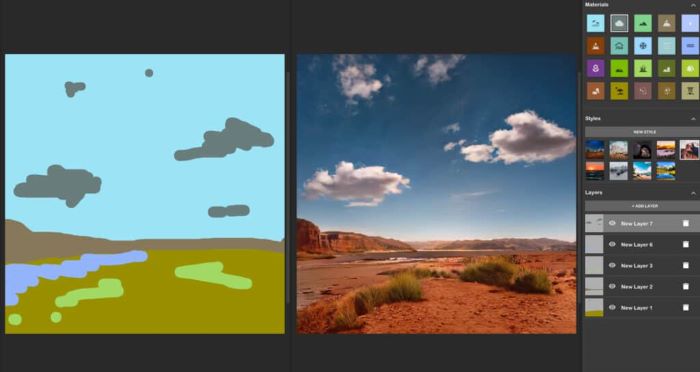
ml5.js
ml5.js is an open-source coding library created to make machine learning approachable for a broad audience like artists, designers, creative coders, and other members of the creative community. The library provides access to pre-trained machine learning algorithms and models with a few lines of code in Javascript.
How Artificial Intelligence is Revolutionizing Art Authentication
Artificial Intelligence does not only collaborate with artists in generating novel works and sparking new ideas, but it can also help bust fraud and detect art forgeries that pollute the art world. AI tools are changing the way conservators and collectors think about art attribution.
A pioneering AI system created by a Swiss company called Art Recognition made the headlines in 2021 by authenticating a disputed artwork said to be created by Peter Paul Reubens and suggesting that the painting Samson and Delilah (ca. 1609) in London’s National Gallery is not really by Rubens.
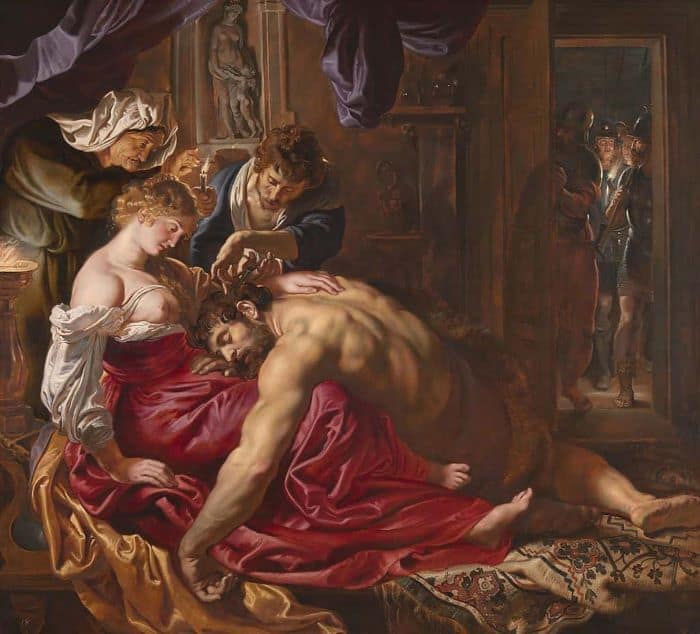
By analyzing different features of the work like brushstrokes and patterns, the AI technology does not need to examine paint, paper, or have access to the original work. It can determine authenticity only through a digital photograph, without investigating the invisible layers of the work through traditional methods of authentication like microscopy, X-ray technology, or infrared reflectography.
Even though the creators of the technology admit that the process is not always perfect and claim to detect forgeries with an accuracy of over 90 percent, AI seems to understand the secrets of artistic genius better than we do ourselves.
Relevant sources to learn more
Where to find and make AI art:
Google Deep Dream Generator
WOMBO Dream
GauGAN2
ml5.js
For previous editions of the Agents Of Change Series, see:
Agents Of Change: The Internet. Net Art and How The World Wide Web Has Created A New Medium
Agents Of Change: Plastic. Or How Plastic Became An Era-Defining Material
Agents Of Change: How the Sony Portapak Has Created A New Artistic Medium
Wondering where to start?




